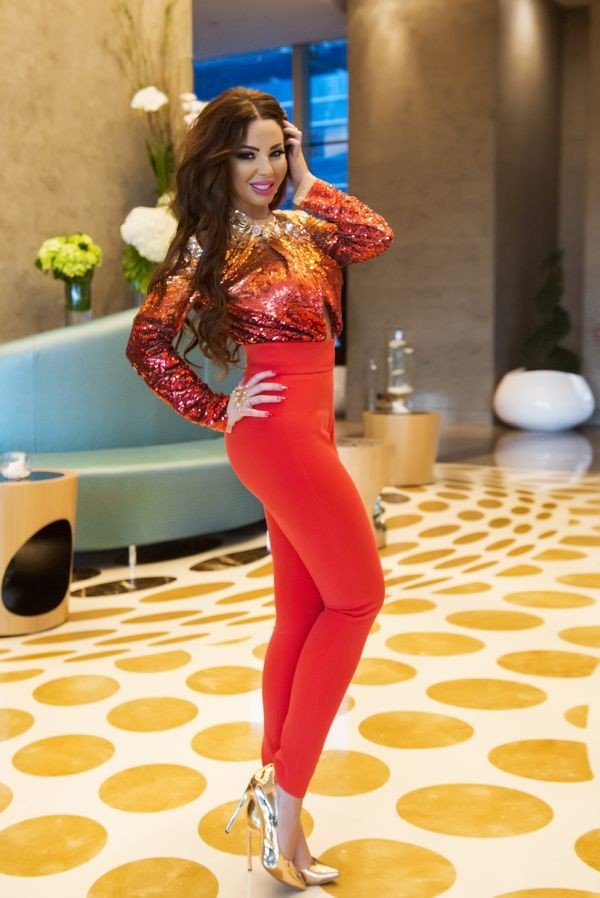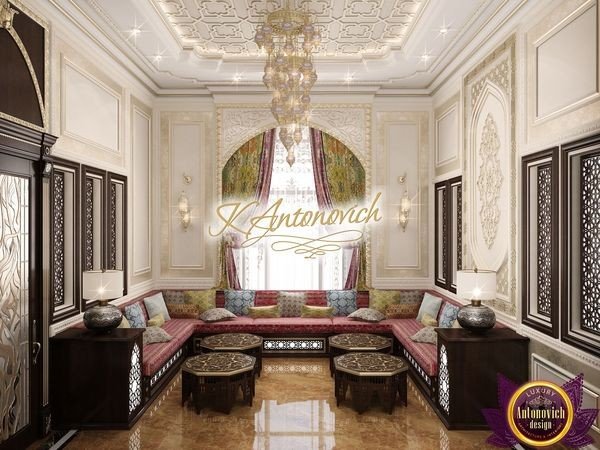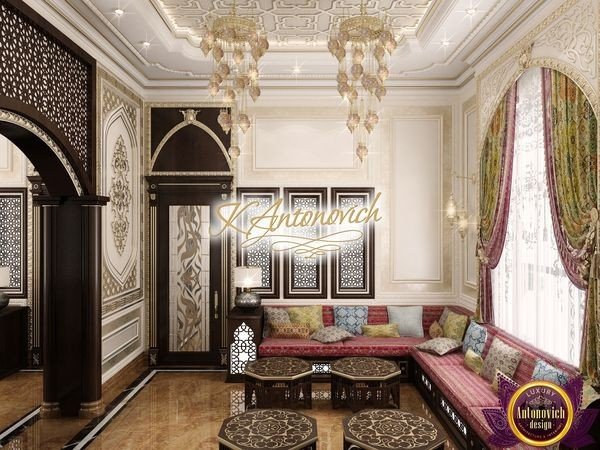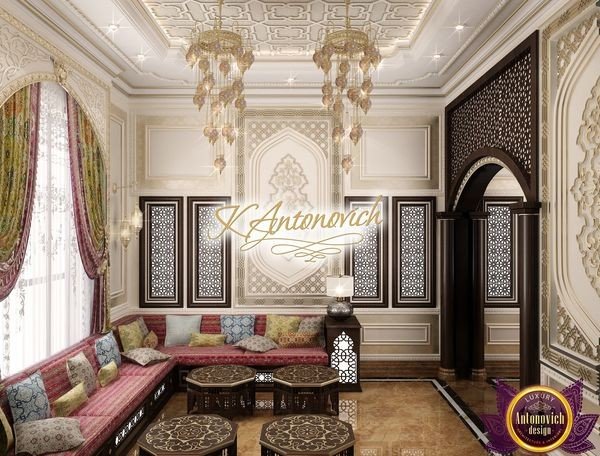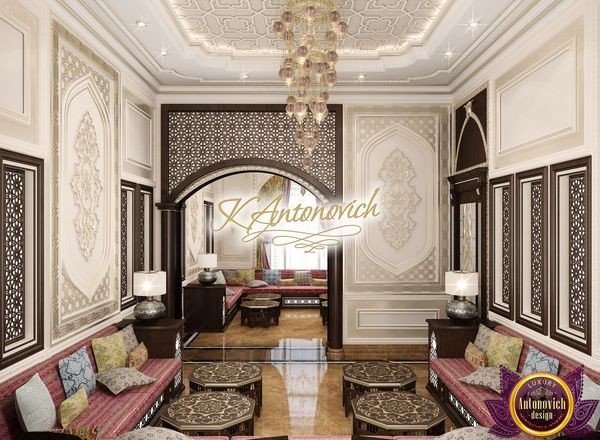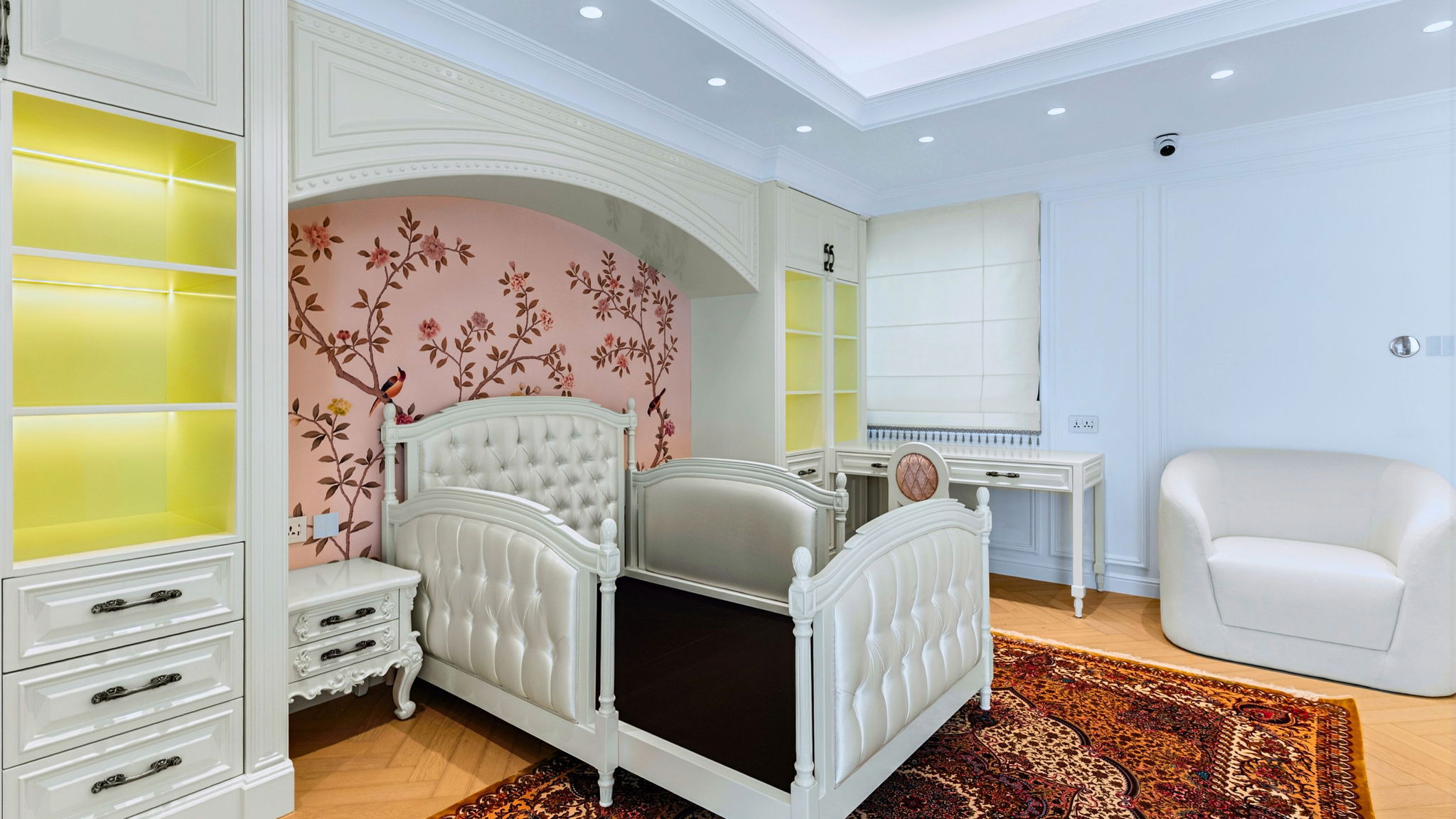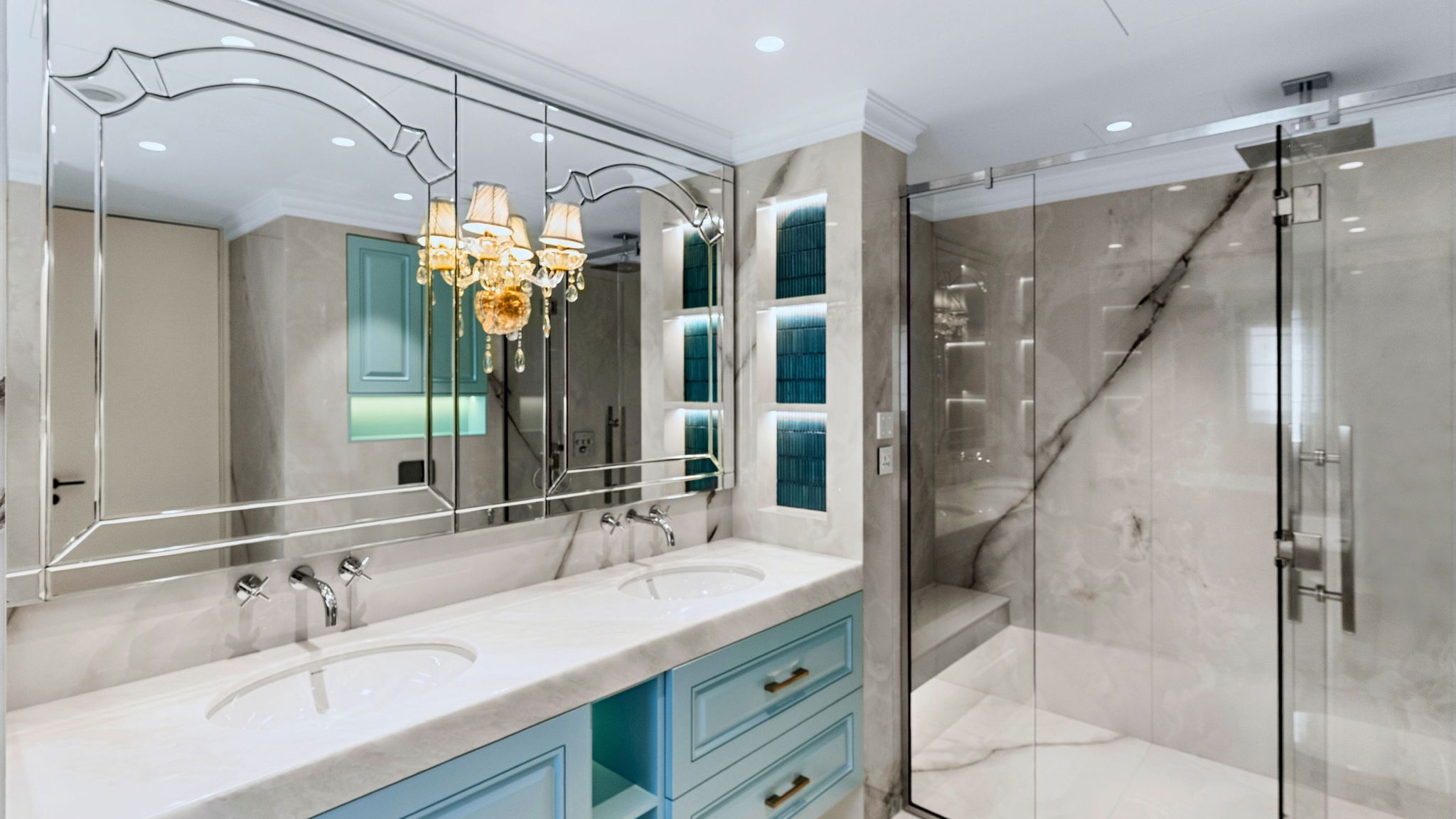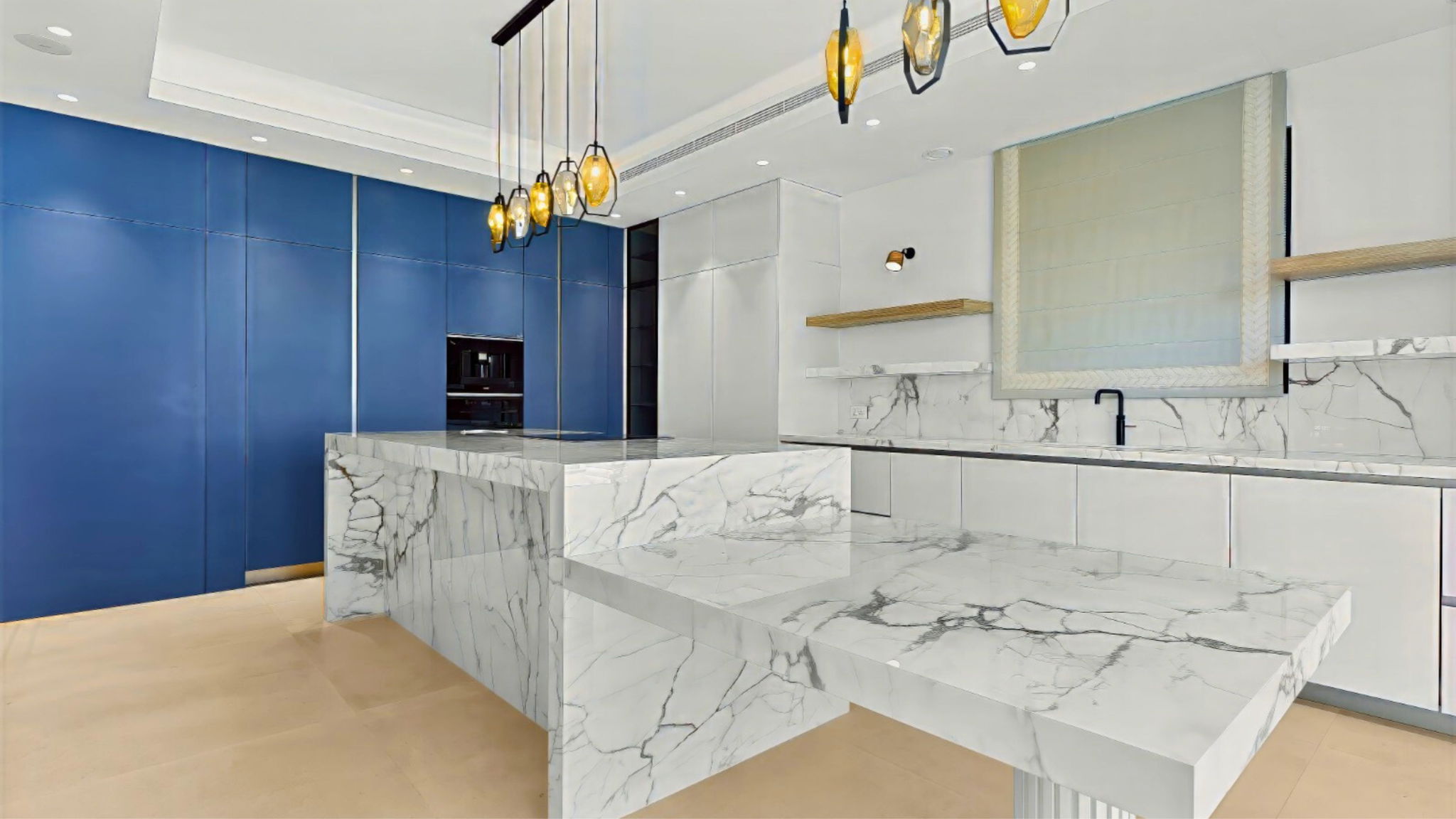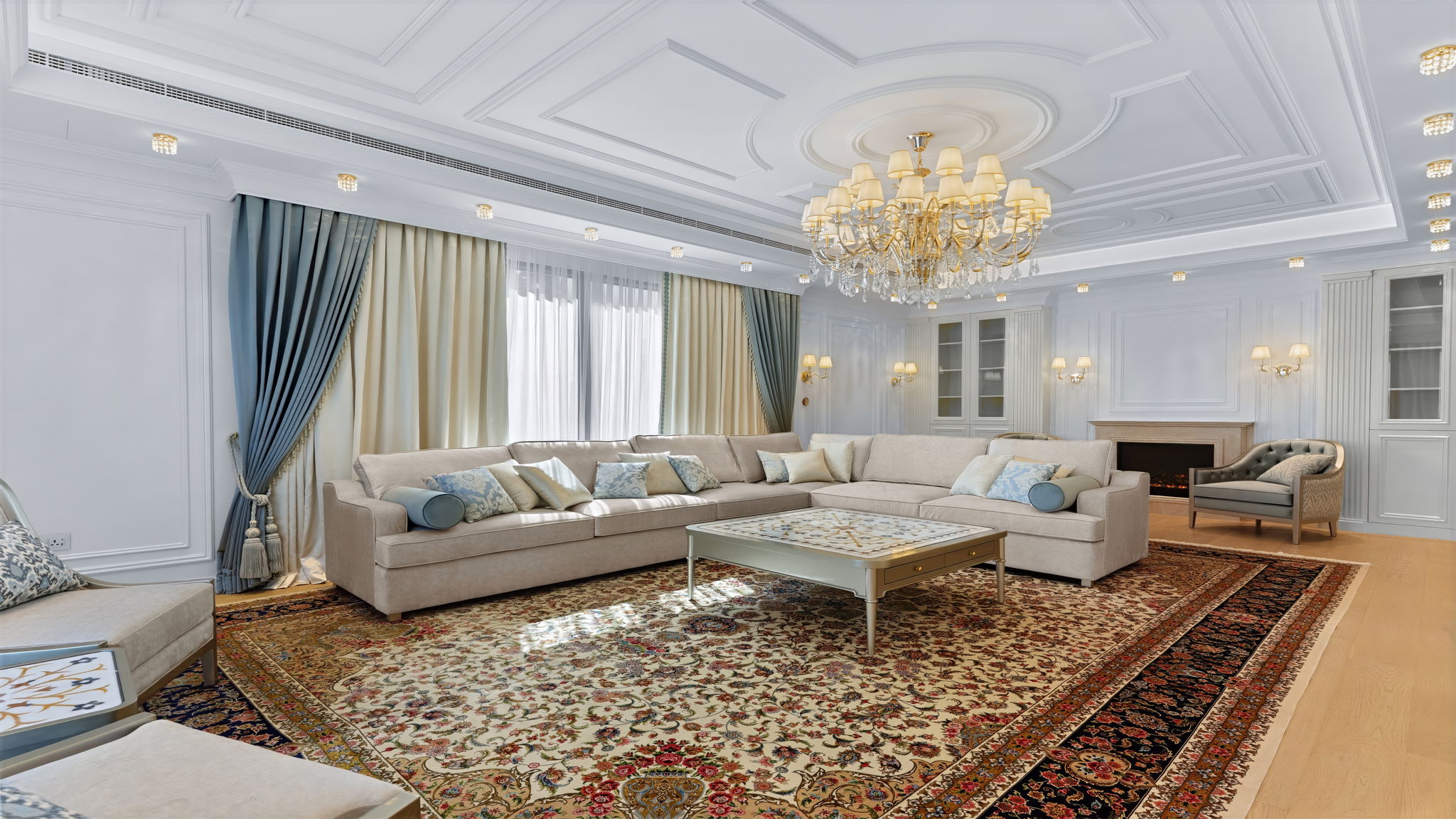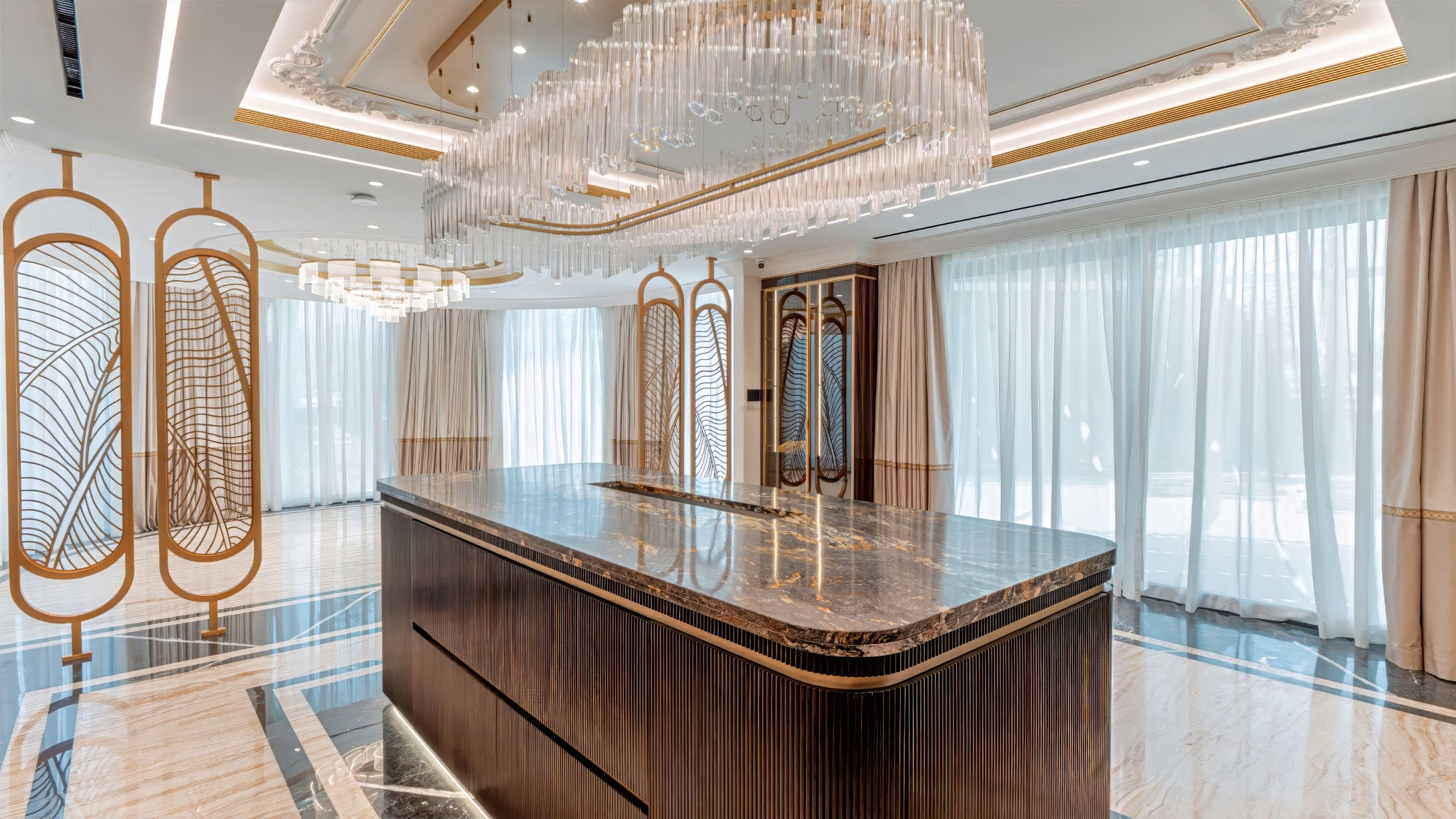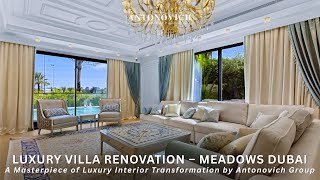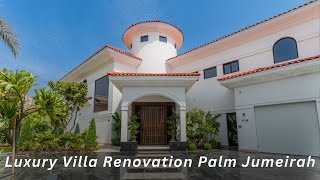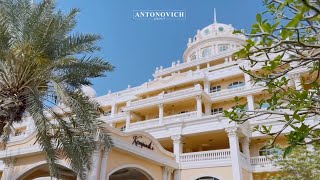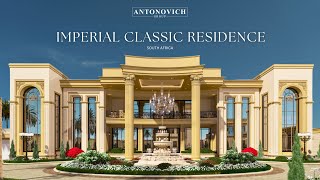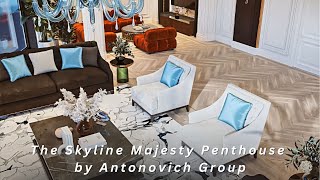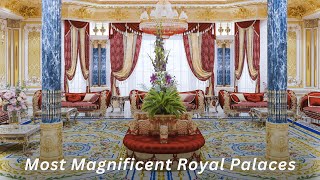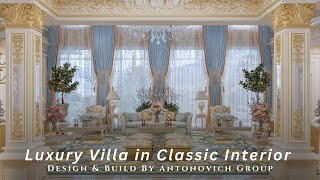Arabic interior design is called the Oriental because it is typical for the countries of the Arabian Peninsula and some North African countries that have accepted Islam in its time: Spain, Turkey, Iraq, Iran, Palestine, Egypt, Syria, Morocco. In Arabic interior design, there is one common thing - an accurate adherence to religious canons, respect for the traditions of their ancestors, and the preference of handmade things. This heritage continues to inspire modern Oriental interiors.
Arabic interior design by Luxury Antonovich Design - is, first of all, is an ideology of respecting.
Muslim traditions and the holy book—the Koran, once forbidden to translate—shaped the Arabic language and education. The Koran prohibits the use of images of people and animals, so Arab culture avoids sculpture and figurative painting; the main feature of the interior is rich ornamentation—specific Arab motifs, arabesques—built from strict geometric shapes and stylized floral patterns. Arabesques are crafted as mosaics or murals on plastered walls and vaulted ceilings.
The artistic imagination of Muslim craftsmen evolved rapidly as wealth and the desire for luxury grew among their rulers. The palaces of the caliphs, of unsurpassed beauty, were immersed in luxury, surrounded by shady gardens with fountains and exotic birds. Arab architects sought to unite nature, architecture, and interior design, combining greenery and water with stone buildings—an idea so fashionable today. You can see echoes of this approach in some of the most beautiful houses. It even translates to workplaces; examples of modern office design in Pakistan show how nature, architecture, and ornament can coexist.
In the Arab interior special role played by rich and bright colors: red, blue, green, white and gilt.
Traditionally, recessed areas are covered in blue or purple paint, and convex portions highlighted with gilding. The walls and ceilings in Arab interiors are often finished with different types of wood panels. Wooden pieces attached to a wooden plate form geometric shapes—diamonds, rectangles, stars—joined with fine inlays. Walls can be decorated with precious fabrics (brocade, moire, silk, velvet, organza) or with carpets made of natural wool. For restful private spaces, learn how to use brown in bedrooms without losing the airy feel. The floor is set with mosaics and layered with bright handmade carpets, as smooth, bare surfaces are undesirable in the Arab interior. Doorways take the form of lancet arches; architraves are adorned with carvings and ornaments, and doors may include forged grating elements. These finishes suit exclusive apartment design, from city flats to waterfront residences.
The amount of furniture in the Arab interior is strictly limited. The main subject of the eastern interior - is a low and wide sofa, upholstered in silk, satin or camel skin.
A popular place for leisure is the ottoman covered with carpet, which can also serve as a bed. For private retreats, thoughtful interior design for bedrooms balances low seating, layered textiles, and soft light. Furniture should be made of solid wood. Decoration often includes inserts of embossed brass, hand painting, and mosaics of small tiles with gold or enamel. Luminaires may take the form of forged hanging chandeliers on chains, as well as candlesticks and wall lamps. A fixture can be shaped like a star or a lantern with colored glass facets. Glass may be matte, transparent, or tinted. A forged chandelier attached to the ceiling by a chain is traditional, and fabric lampshades are very appropriate. The goal is a slightly muted, dim glow that enhances texture and pattern. For more inspiration, explore Dubai luxury living rooms that layer lanterns, fabrics, and ornate metalwork.
The interior in the Arabic style gives unforgettable moments of relaxation and socializing, letting you enjoy the beauty and refinement of the East. It always looks elegant and welcoming, creating a warm, cozy atmosphere in a home, restaurant, or spa—one you want to return to for strength and energy. Recent case studies, like the Royal Atlantis apartment transformation, show how to adapt the look to contemporary homes. Inspiration travels globally—from Gulf heritage to interior designers in Los Angeles—yet the result remains welcoming and refined.
Create an interior in the Arabic style is not easy, but Luxury Antonovich Design Studio designers will gladly ready to help, you only have to add to the finished luxurious interior odor of oriental spices, aromatic oils and relaxing music.
